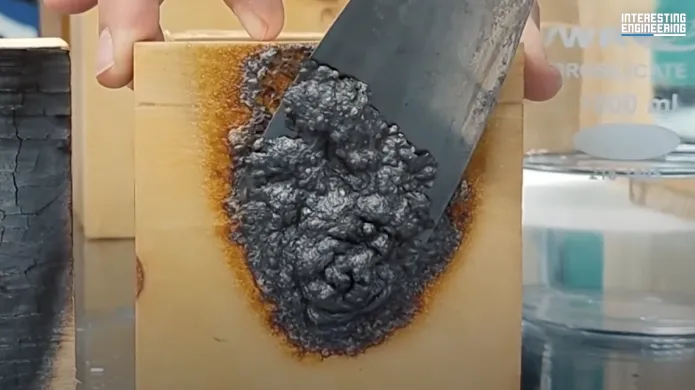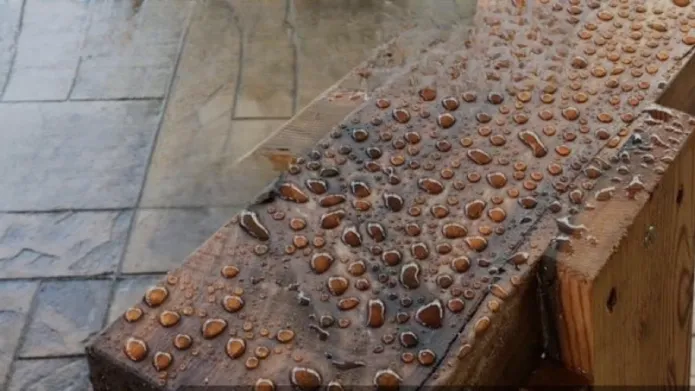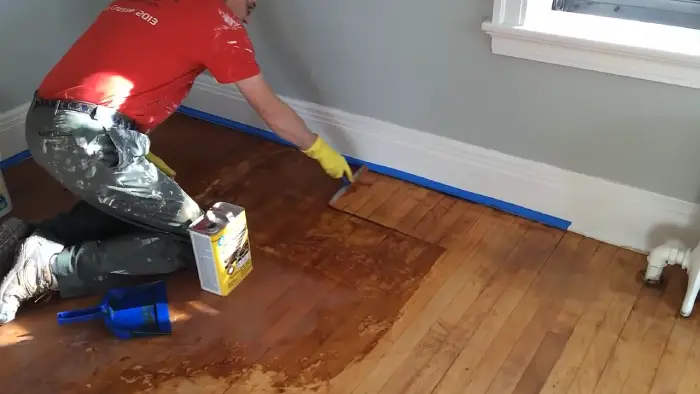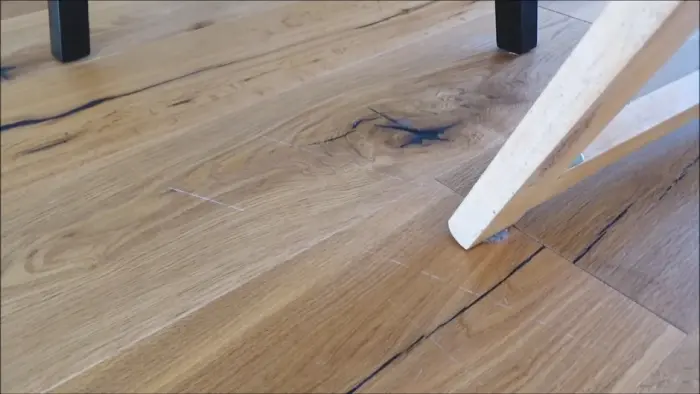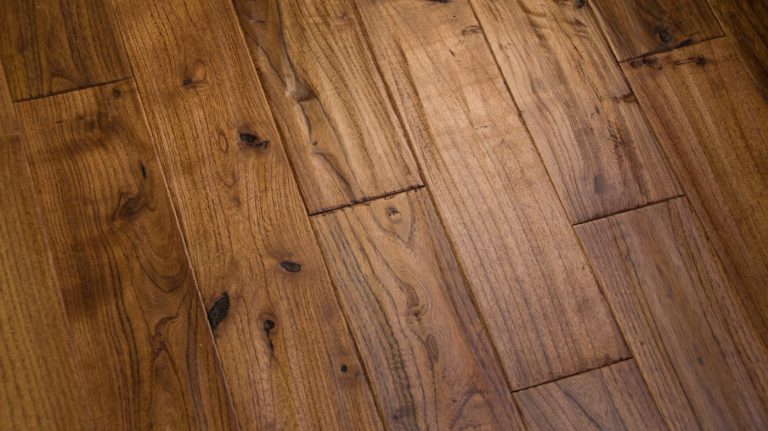How to Make Wood Fire Resistant: 5 DIY Steps [Easy Guide]
Preparing your house for potential disasters can be overwhelming, yet safeguarding against fires is an easy place to start. Fire-resilient materials provide added protection and peace of mind. With simple tweaks made now, you can add extra security for tomorrow’s unexpected occurrences.
Equip your wood surfaces with an extra layer of protection against heat and flame by choosing a fire-retardant product. Whether you opt for foam, spray or paint, your treasured possessions can be more resilient to any accidental burning.
Not only that, but these high-tech products also reduce smoke and give you extra moments of reaction time if an emergency arises. Giving you the edge in any situation.
So if you want to make your wood fire-resistant and keep your family safe, read on and learn how it’s done.
How to Make Wood Fire Resistant: DIY Steps
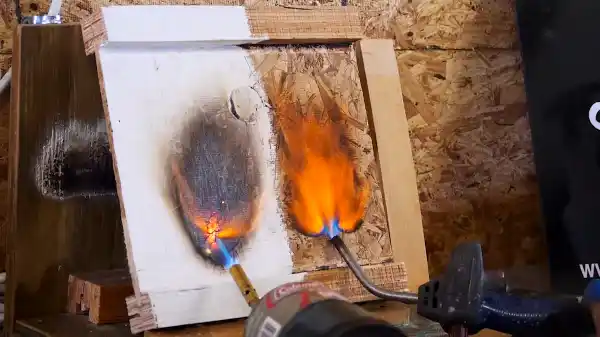
Fire-retardant products are a great way to keep your wood surfaces safe, but it’s important you use them correctly. Follow these steps to maximize their effectiveness and protect against fire hazards:
Prepare the Wood
Before treating wood to make it fire-resistant, it is crucial to begin with clean, dry wood that is free of dirt and other debris. If the wood has already been sealed or painted, this should be removed prior to treatment.
Sanding, scraping and/or chemical stripping may be necessary to create a bare surface. If there are any signs of mold or fungus present on the material, a fungicide should be used before continuing with the next step.
Choose a Fire Retardant Product
There are several types of fire retardant products available on the market today that can be used to make wood fire-resistant. When selecting a product, consider factors such as application type (spray-on or brush-on), toxicity levels, water repellency and UV protection capabilities.
Generally speaking, most wood fire retardants are composed of borate compounds that are designed to help reduce heat transfer when exposed to high temperatures.
Apply the Fire Retardant Product
Once the appropriate product has been chosen, and all necessary preparation steps have been completed, it’s time to begin applying the fire retardant product itself. Depending on whether you’ve chosen a spray-on or brush-on product will determine how you proceed from here.
For brush-on products, a paintbrush should be used in order to apply an even layer across the entire surface of your material. For spray-on products, either a hand pump sprayer or a commercial sprayer can be used (ensure you thoroughly read product instructions prior to application).
It is recommended that multiple coats of the product are applied for maximum safety benefits. Refer to manufacturer guidelines for additional information on how many coats are recommended for your specific application needs.
Allow Time to Dry & Cure
After all layers of fire retardant product have been applied uniformly across your desired material(s), allow sufficient time for them to completely dry and cure before using them. Failure to do so can have drastic consequences, as it could potentially lead to the product not performing up to its expected standards.
This may take anywhere from 24 hours up to several days, depending on environmental conditions. Doing so ensures that material(s) are properly protected from any potential danger associated with elevated temperatures.
Reapplication of Treatments Periodically As Needed
Over time, protective coatings can become worn down due to sun exposure or everyday wear and tear from use. As such, it’s important to reapply new layers of coatings at regular intervals to keep your wooden items safe from combustion gasses and extreme heat conditions.
In case they happen upon them during their day-to-day lives spent in potentially dangerous environments like kitchens near open flames or outdoors where fire hazards are present (e.g., campfires).
What Are the Benefits Of Fire-Resistant Wood?

Building safely is no joke, and that’s why fire-resistant wood has become a must for those looking to construct a fire-retardant building. Not only does this specialized material provide peace of mind, but it can make the difference between safety and disaster when faced with flames.
Here are five reasons to build with fire-resistant wood:
Enhanced Flame Spread Resistance
Schools, hospitals, and other places where large groups of people are present have access to fire-resistant preserved wood. The innovative solution reduces flame spread in an unfortunate fire, reducing the damage that can be done to those inside.
Increased Durability
Fire-resistant woods are well known for their extremely durable nature, able to withstand large amounts of pressure and heat without buckling or warping. This added durability means that your structures will stay strong and safe even after exposure to high levels of heat or water damage.
Reduced Toxicity
Due to their flame retardant treatment, many types of fire-resistant wood have fewer toxins than normal wood products when burned. Reducing the risk of toxic fumes being released into the environment during a risky situation.
Improved Insulation
Not only do fire-resistant woods provide better protection from flames, but they also possess better insulation properties compared to other hardwoods. So they keep your house cooler in the summer and warmer in the winter, and they save you money on heating.
Architectural Versatility
Fire-resistant woods come in a wide range of finishes and textures, from smooth glossy surfaces to rustic weathered patinas. It gives architects plenty of flexibility to customize their designs without sacrificing fire safety.
Is There a Downside to Using Fire-Resistant Wood?

While there are several benefits associated with using fire-resistant wood (FRT), there are also some potential drawbacks. It’s worth considering when selecting this type of material for construction projects.
For instance, FRT wood tends to be more expensive than untreated wood due to additional costs incurred during production or treatment processes.
Moreover, FRT wood may experience some strength loss during these same processes. However, treatment & drying processes have been developed to help minimize this effect.
FRT woods are also less forgiving when it comes to shaping or cutting, so they can’t be milled or ripped without damaging them. Although you can still cut, drill, fasten or cover them with carpet or plastic like untreated wood.
Also, it is essential to note that chemical coatings and intumescent paints can increase a woods’ fire resistance rating significantly. Often up to an hour or two – they will not protect against flame spread in most cases. Due to this, they aren’t always suitable for applications that require additional flame protection.
What Factors Affect the Longevity of Fire-Resistant Treatments?
Fire-resistant treatments are a great way to make sure your home is safe from the unpredictable dangers of fire. But how can you be sure that these treatments will last?
Here are some key factors that can affect:
The Type Of Treatment Applied
Different types of fire-resistant treatments have varying lifespans. For example, while intumescent fire-resistant paint has a lifespan of approximately 15 years, ceramic insulation can last up to 25 years. Understand which treatments work best for you by researching them.
The Quality Of The Material Used
When applying a fire-resistant treatment, it’s essential to use high-quality materials that won’t degrade over time. Using low-quality materials can mean that the treatment will become less effective or even fail altogether.
Temperature
Fire-resistant treatments are affected by the temperatures they are exposed to over time. The higher the temperature, the faster the product will degrade and eventually become ineffective against flames. In this case, choose a product that can withstand intense wood heat for longer.
Exposure to Moisture
Long-term exposure to moisture can also compromise fire-resistance treatments. Moisture weakens the bonds between molecules in the product, so it’s less fireproof. Choose a product that won’t be harmed by water or humidity if your house gets a lot of moisture.
UV Rays
As with most products, UV rays can also significantly affect fire-resistant treatments over time, weakening their performance and integrity. If you live in a sunny area or plan to leave your treatment unprotected for long periods of time in direct sunlight, consider investing in UV-protective products.
Maintenance & Cleaning
Regular maintenance and cleaning are key to ensuring that your fire-resistant treatment remains effective. If possible, inspect treated surfaces every 6 months and clean them if necessary as part of a regular maintenance routine.
Does the Age And Species of the Wood Affect Fire Resistance?
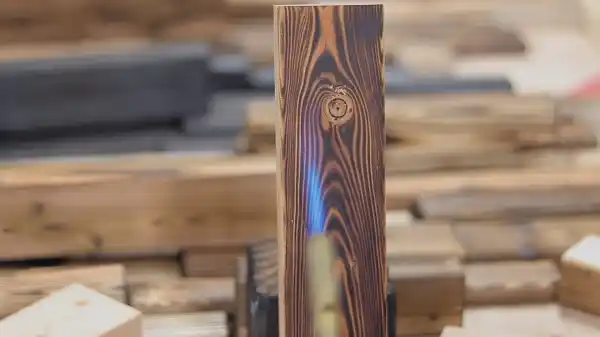
The age and species of wood play an important role in determining fire resistance. Older oak wood (40- and 80-year-old) is more resistant to initiation than younger oak wood (0- and 10-year-old). This is because older wood has a tougher cell structure, making it tougher for fire to penetrate.
Aside from that, different types of wood can vary in their ability to resist fire as some species are naturally more flammable than others. For example, pine is less resistant to fire than oak, while cedar is even more flame retardant than oak.
Also, factors such as density, moisture content, resin content, and bark thickness can also affect the fire resistance of a particular type of wood. For this reason, it’s important to consider all these things when choosing a wood type for construction or other activities that may expose it to heat or flames.
Can You Treat Existing Wooden Structures With Fire-Resistant Treatments?
Existing wooden structures can be treated with fire-resistant treatments. Fire-resistant treatments are specially formulated products that protect wood surfaces from the heat of a fire and slow the spread of flames. These treatments can be applied to new and existing wood structures using a brush, roller, or sprayer.
Start by giving it a good cleaning to make sure all dirt and debris are removed. Then apply multiple layers of the special heat resistant wood treatment. How much you’ll need will depend on how large your building or object is and the level of vulnerability to being set alight.
Once finished, simply wait for everything to dry before enjoying complete peace of mind knowing that your asset has been properly safeguarded against flames.
What Wood Is Naturally Fire Resistant?
Ipe wood is a remarkable resource that has astounding fire-resistant properties. Its incredible density (850 kg/m³) results in unmatched durability and strength. Making it the preferred choice for applications where safety must be prioritized above all else.
Due to its natural oils, it is also highly resistant to insects, fungi, and decay, extending its lifespan and durability even in extreme temperatures or environments. Ipe wood has also been tested and proven to be one of the best choices for naturally fire-resistant applications due to its strength and resistance.
Fireproof Wood Surfaces With Innovative Protection
With home safety being a top priority, fire-proofing your wooden surfaces can be an invaluable asset in the event of an emergency. Utilizing innovative products like foam, fire retardant paint, or spray helps give homeowners peace of mind, making their dwellings resistant to burning and providing extra protection against fires.
Protect your family and home from the danger of house fires by investing in fire-resistant wood today. Not only will this provide extra time to respond if disaster strikes, but it also helps reduce any smoke produced. Take action immediately for more peace of mind tomorrow.

